Steady State–Hopf Mode Interactions at the Onset of Electroconvection in the Nematic Liquid Crystal Phase V
Abstract
:1. Introduction
2. Experiments
2.1. Experimental Set Up
2.2. Results
3. Amplitude Equations and Bifurcation Diagrams
3.1. Codimension-two Mode Interactions
3.2. Globally Coupled Ginzburg–Landau Equations
3.3. Normal Form and Bifurcation Diagrams
4. Conclusions
Acknowledgements
References
- Dennin, M; Cannell, DS; Ahlers, G. Patterns of electroconvection in nematic liquid crystals. Phys. Rev. E 1998, 57, 638–649. [Google Scholar]
- Cross, MC; Hohenberg, PC. Pattern formation outside of equilibrium. Rev. Mod. Phys 1993, 65, 851–1112. [Google Scholar]
- Buka, A; Eber, N; Pesch, W. Convective patterns in liquid crystals driven by electric field: An overview of the onset behavior. In Advances in Sensing with Security Applications; NATO Science Series 218; Golovin, A, Nepomnyashchy, A, Eds.; Springer: Berlin, Germany, 2006; pp. 55–82. [Google Scholar]
- Buka, A; Kramer, L. Pattern Formation in Liquid Crystals; Springer: Berlin, Germany, 1996. [Google Scholar]
- Kramer, L; Bodenschatz, E; Pesch, W; Thom, W; Zimmermann, W. New results on the electrohydrodynamic instability in nematics. Liq. Cryst 1989, 5, 699–715. [Google Scholar]
- Ribotta, R; Joets, A. Oblique roll instability in electroconvective anisotropic fluid. Phys. Rev. Lett 1986, 56, 1595–1597. [Google Scholar]
- Treiber, M; Eber, N; Buka, A; Kramer, L. Traveling waves in electroconvection of the nematic Phase V: A test of the weak electrolyte model. J. Phys. II France 1997, 7, 649–661. [Google Scholar]
- Rehberg, I; Rasenat, S; Steinberg, V. Traveling waves and defect-initiated turbulence in electroconvecting nematics. Phys. Rev. Lett 1989, 62, 756–759. [Google Scholar]
- Dennin, M; Cannell, DS; Ahlers, G. Spatiotemporal chaos in electroconvection. Science 1996, 272, 388–390. [Google Scholar]
- Bisang, U; Ahlers, G. Bifurcation to worms in electroconvection. Phys. Rev. E 1999, 60, 3910–3919. [Google Scholar]
- Bodenschatz, E; Zimmermann, W; Kramer, L. On electrically driven pattern-forming instabilities in planar nematics. J. Phys. France 1988, 49, 1875–1899. [Google Scholar]
- Rehberg, I; Winkler, BL; de la Torre Juarez, M; Rasenat, S; Schöpf, W. Pattern formation in liquid crystals. Adv. Solid State Phys 1989, 29, 35–47. [Google Scholar]
- De la Torre Juarez, M; Rehberg, I. Four-wave resonance in electrohydrodynamic convection. Phys. Rev. A 1990, 42, 2096–2100. [Google Scholar]
- Dennin, M; Treiber, M; Kramer, L; Cannell, DS; Ahlers, G. Origin of traveling rolls in electroconvection of nematic liquid crystals. Phys. Rev. Lett 1996, 76, 319–322. [Google Scholar]
- Treiber, M; Kramer, L. Bipolar electrodiffusion model for electroconvection in nematics. Mol. Cryst. Liq. Cryst 1995, 261, 311–326. [Google Scholar]
- Oprea, I; Dangelmayr, G. Dynamics and bifurcations in the weak electrolyte model for electroconvection of nematic liquid crystals: A Ginzburg-Landau approach. Eur. J. Mech. B Fluids 2008, 27, 726–749. [Google Scholar]
- Chossat, P; Iooss, G. The Couette-Taylor Problem; Springer: Berlin, Germany, 1994. [Google Scholar]
- Renardy, M; Renardy, Y; Sureshkumar, R; Beris, AN. Hopf-Hopf and steady-Hopf mode interactions in Taylor-Couette flow of an upper convected Maxwell liquid. J. Non-Newtonian Fluid Mech 1996, 63, 1–31. [Google Scholar]
- Fujimura, K; Renardy, Y. The 2:1 steady/Hopf mode interaction in the two-layer Bénard problem. Phys. D 1995, 85, 25–65. [Google Scholar]
- Dawes, JHP. A Hopf/steady state mode interaction in rotating convection: Bursts and heteroclinic cycles in a square periodic domain. Phys. D 2001, 149, 197–209. [Google Scholar]
- Guba, P; GraeWorster, M. Interactions between steady and oscillatory convection in mushy layers. J. Fluid Mech 2010, 645, 411–434. [Google Scholar]
- Rehberg, I; Rasenat, S; Fineberg, J; de la Torre Juarez, M; Steinberg, V. Temporal modulation of traveling waves. Phys. Rev. Lett 1988, 61, 2449–2452. [Google Scholar]
- Grebovicz, J; Wunderlich, B. The glass transition of p-alkyl-p’-alkoxy-azoxybenzene mesophases. Mol. Cryst. Liq. Cryst 1981, 76, 287–296. [Google Scholar]
- Rasnet, S; Hartung, G; Winkler, BL; Rehberg, I. The shadowgraph method in convection experiments. Exp. Fluids 1989, 7, 412–420. [Google Scholar]
- Dangelmayr, G; Acharya, G; Gleeson, JT; Oprea, I; Ladd, J. Diagnosis of spatiotemporal chaos in wave-envelopes of an electroconvection pattern. Phys. Rev. E 2009, 79, 046215–046235. [Google Scholar]
- Golubitsky, M; Stewart, I; Schaeffer, DG. Singularities and Groups in Bifurcation Theory II; Springer: Berlin, Germany, 1988. [Google Scholar]
- Treiber, M. On the Theory of the Electrohydrodynamic Instability in Nematic Liquid Crystals Near Onset. Ph D Thesis, University of Bayreuth, Bayreuth, Germany, 1996. [Google Scholar]
- Dangelmayr, G; Oprea, I. A bifurcation study of wave patterns for electroconvection in nematic liquid crystals. Mol. Cryst. Liqu. Cryst 2004, 413, 305–320. [Google Scholar]
- Dangelmayr, G; Wegelin, M. Hopf bifurcations in anisotropic systems. In Pattern Formation in Continuous and Coupled Systems; Golubitsky, M, Luss, D, Strogatz, S, Eds.; Springer: Berlin, Germany, 1999; Volume 115, pp. 33–42. [Google Scholar]
- Dangelmayr, G; Oprea, I. Modulational stability of travelling waves in 2D anisotropic systems. J. Nonlinear Sci 2008, 18, 1–42. [Google Scholar]
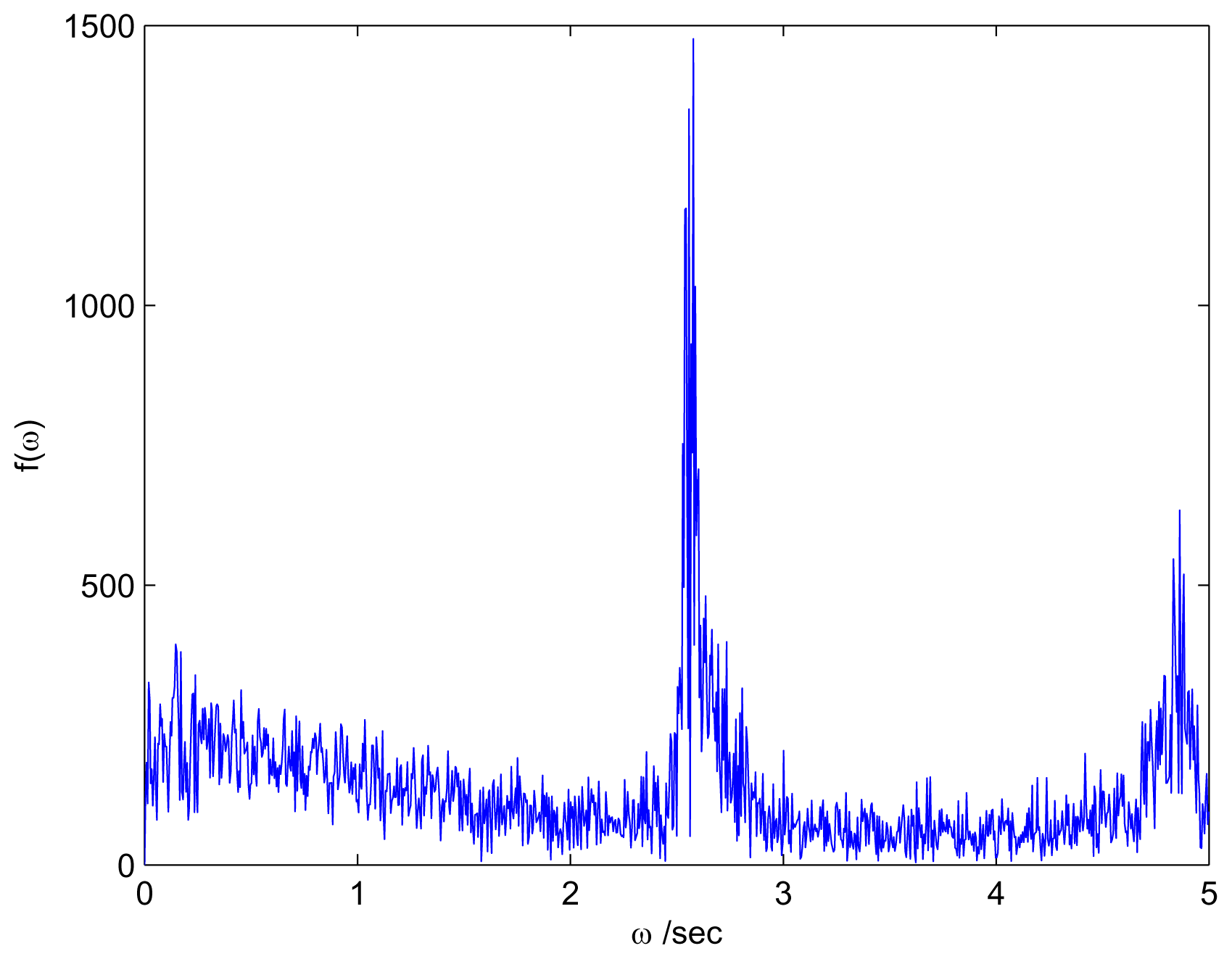
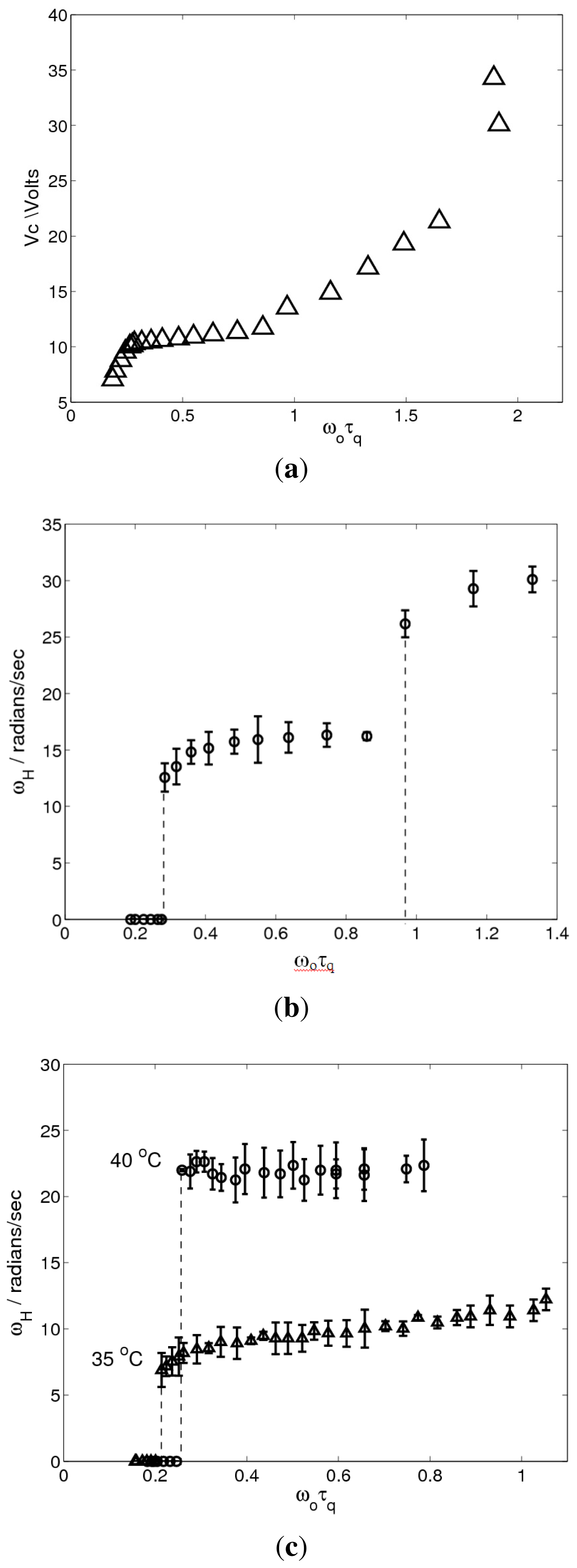
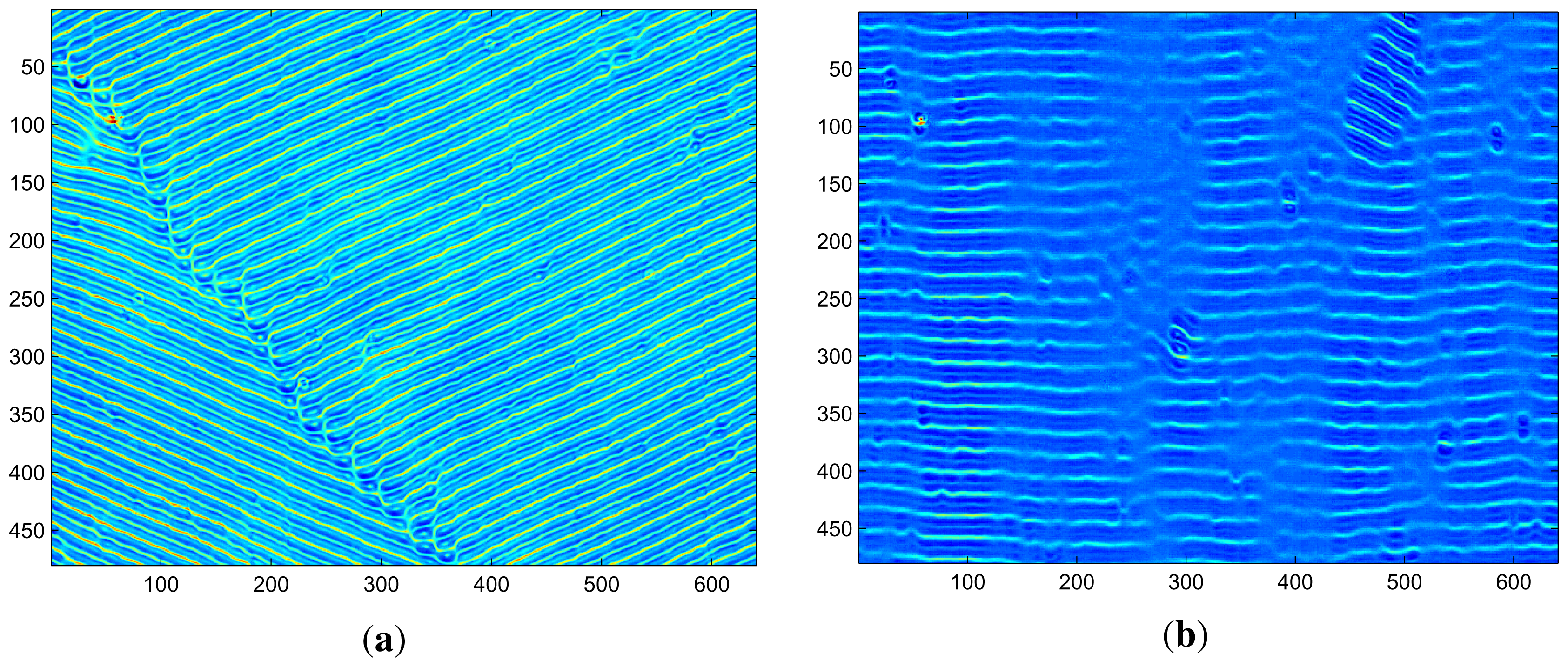
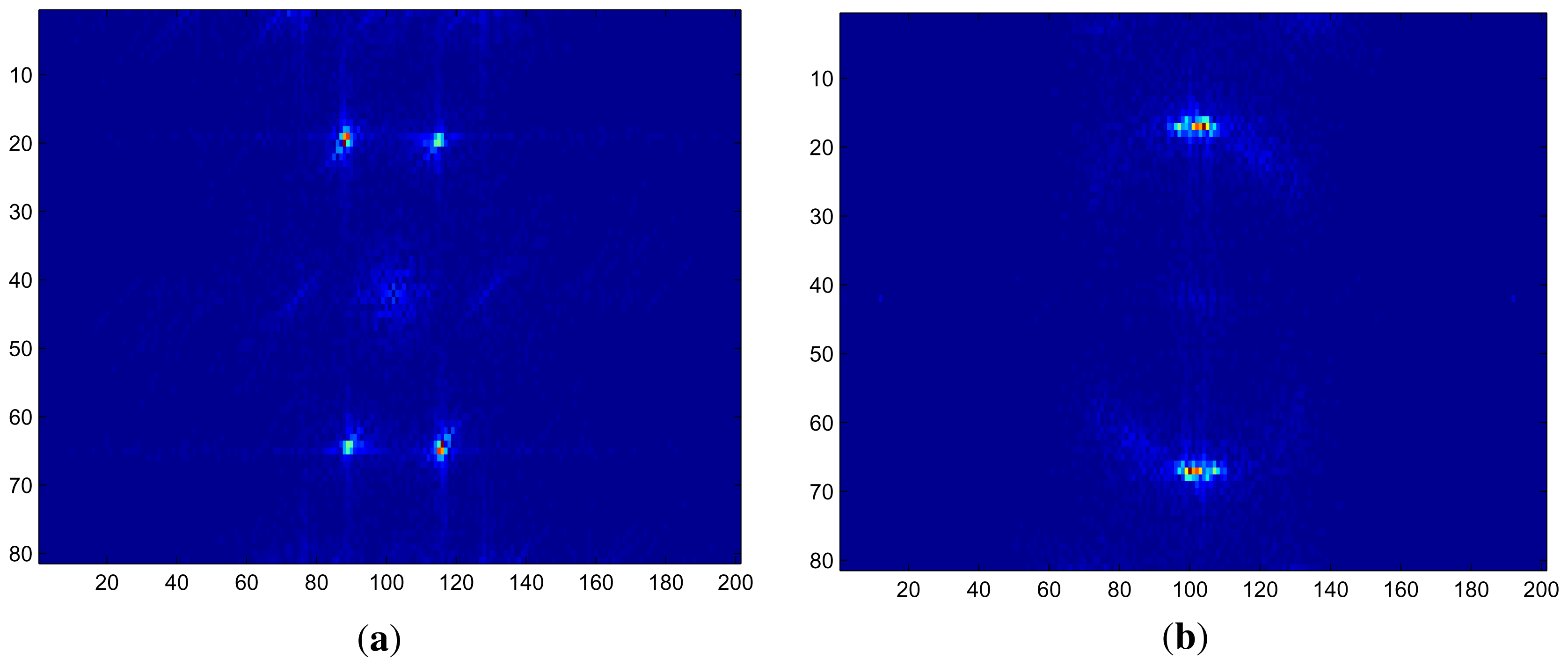
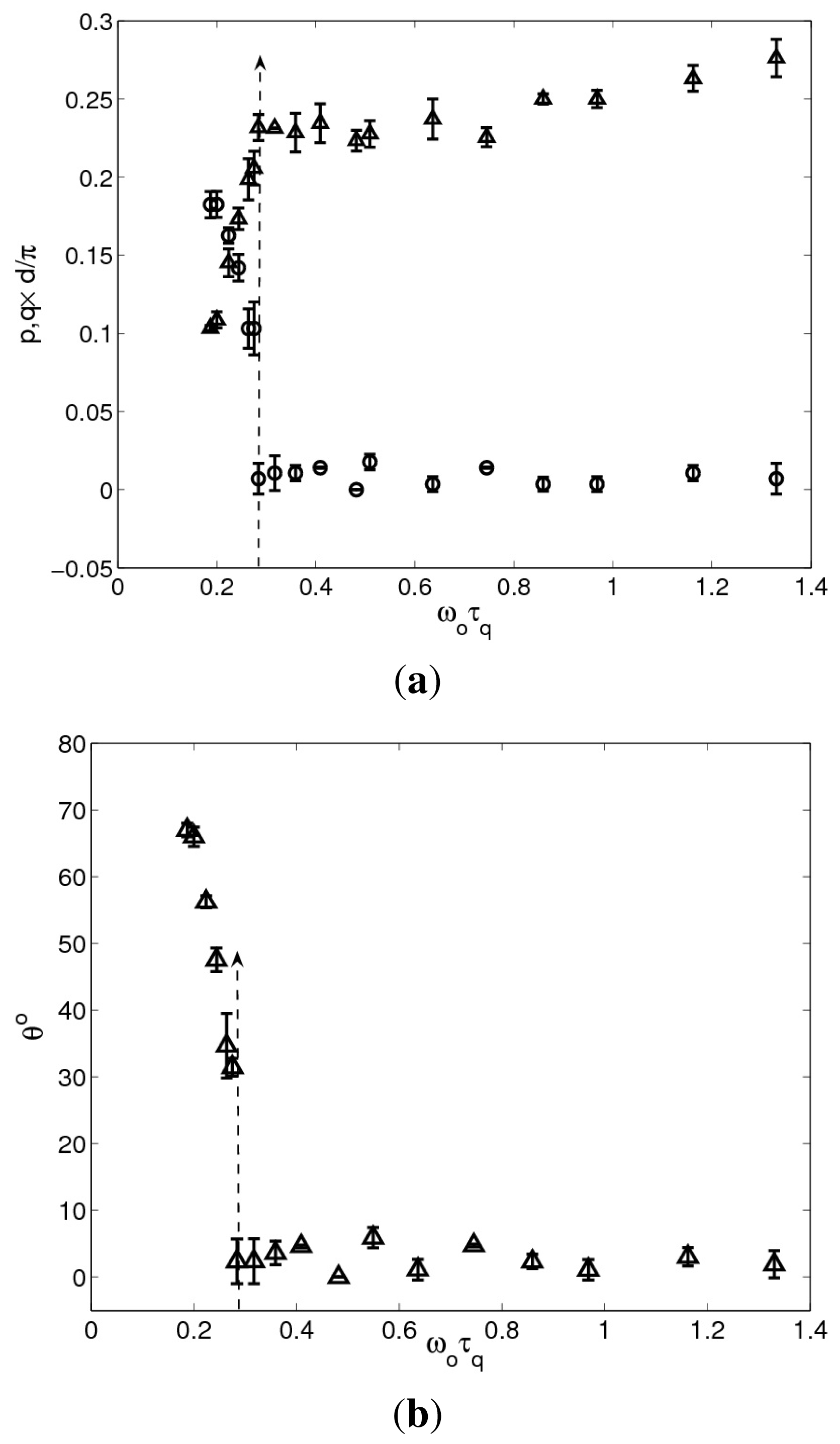
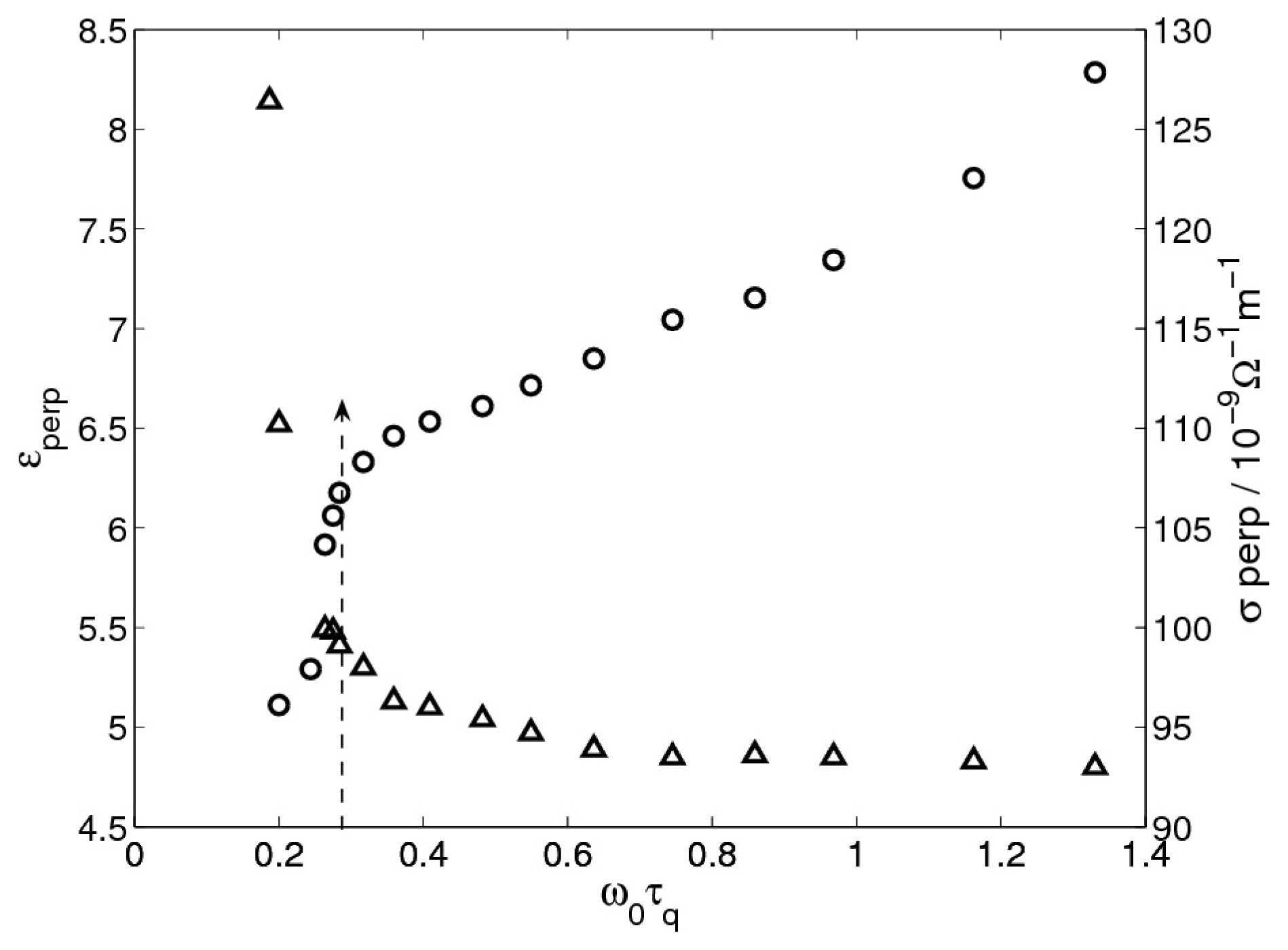
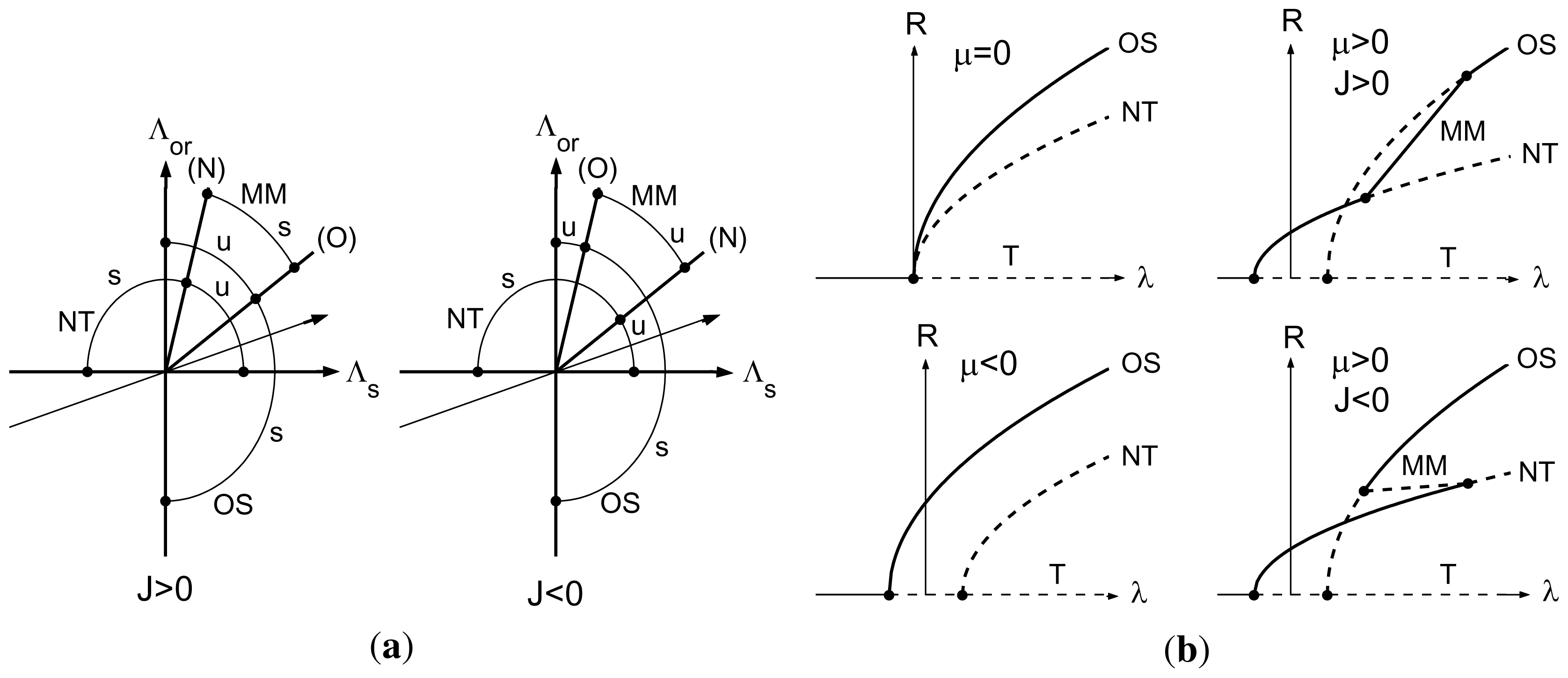
© 2011 by the authors; licensee MDPI, Basel, Switzerland. This article is an open-access article distributed under the terms and conditions of the Creative Commons Attribution license (http://creativecommons.org/licenses/by/3.0/).
Share and Cite
Acharya, G.; Dangelmayr, G.; Gleeson, J.; Oprea, I. Steady State–Hopf Mode Interactions at the Onset of Electroconvection in the Nematic Liquid Crystal Phase V. Int. J. Mol. Sci. 2011, 12, 4488-4503. https://doi.org/10.3390/ijms12074488
Acharya G, Dangelmayr G, Gleeson J, Oprea I. Steady State–Hopf Mode Interactions at the Onset of Electroconvection in the Nematic Liquid Crystal Phase V. International Journal of Molecular Sciences. 2011; 12(7):4488-4503. https://doi.org/10.3390/ijms12074488
Chicago/Turabian StyleAcharya, Gyanu, Gerhard Dangelmayr, James Gleeson, and Iuliana Oprea. 2011. "Steady State–Hopf Mode Interactions at the Onset of Electroconvection in the Nematic Liquid Crystal Phase V" International Journal of Molecular Sciences 12, no. 7: 4488-4503. https://doi.org/10.3390/ijms12074488




